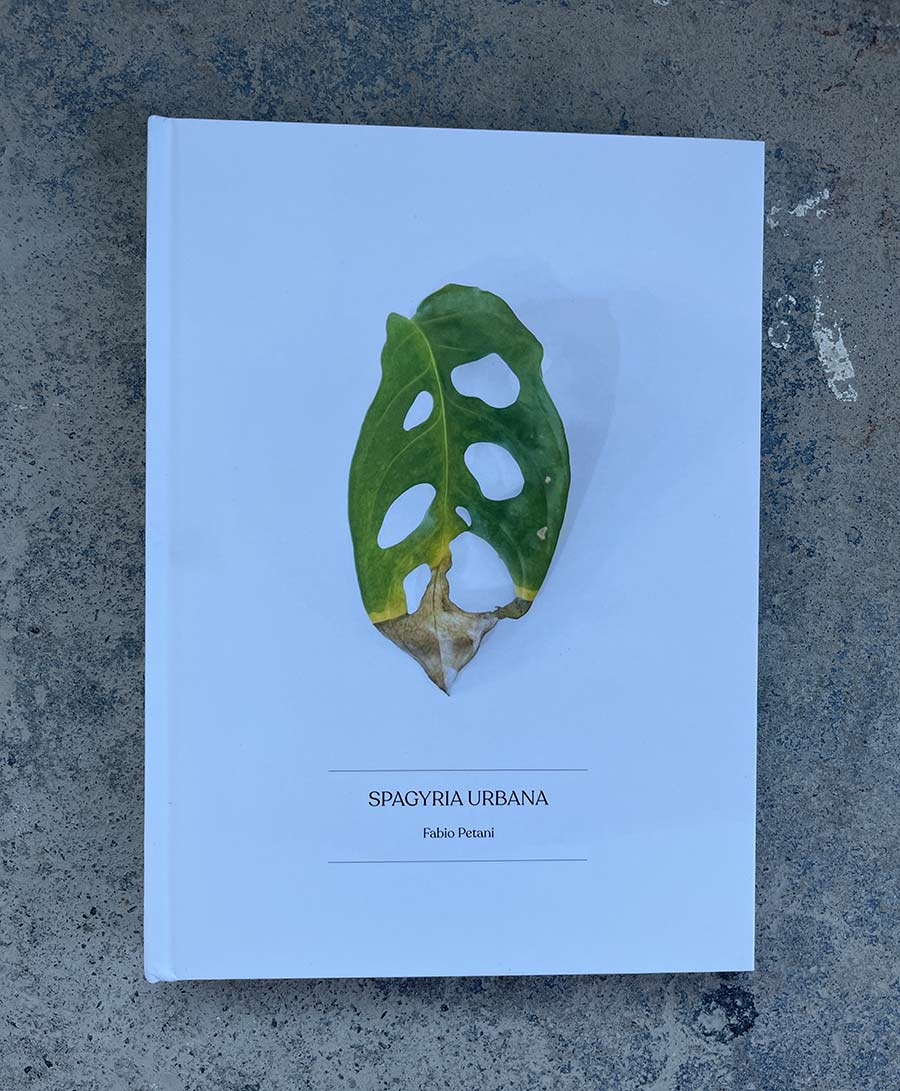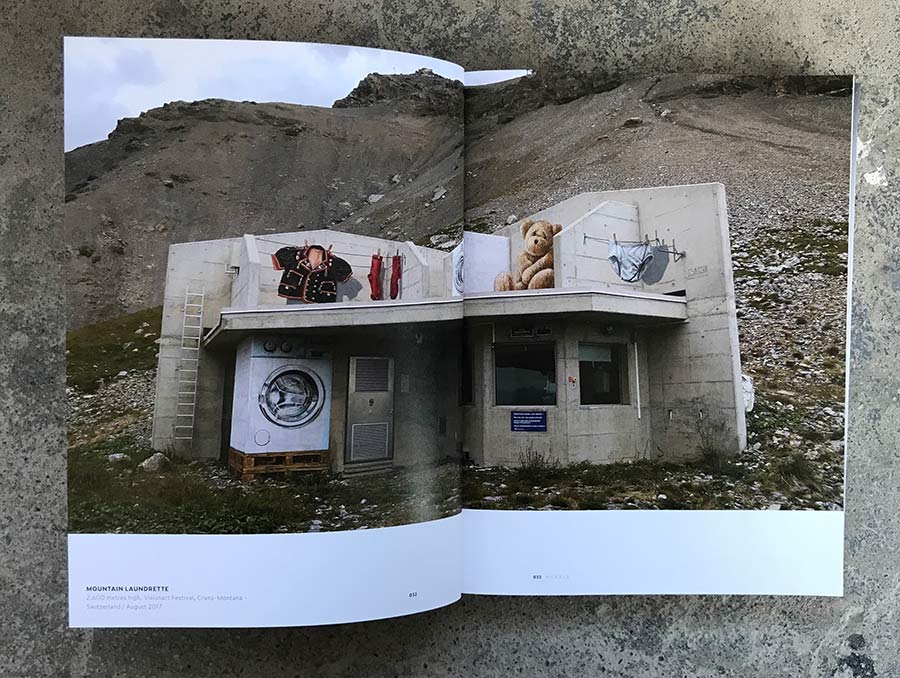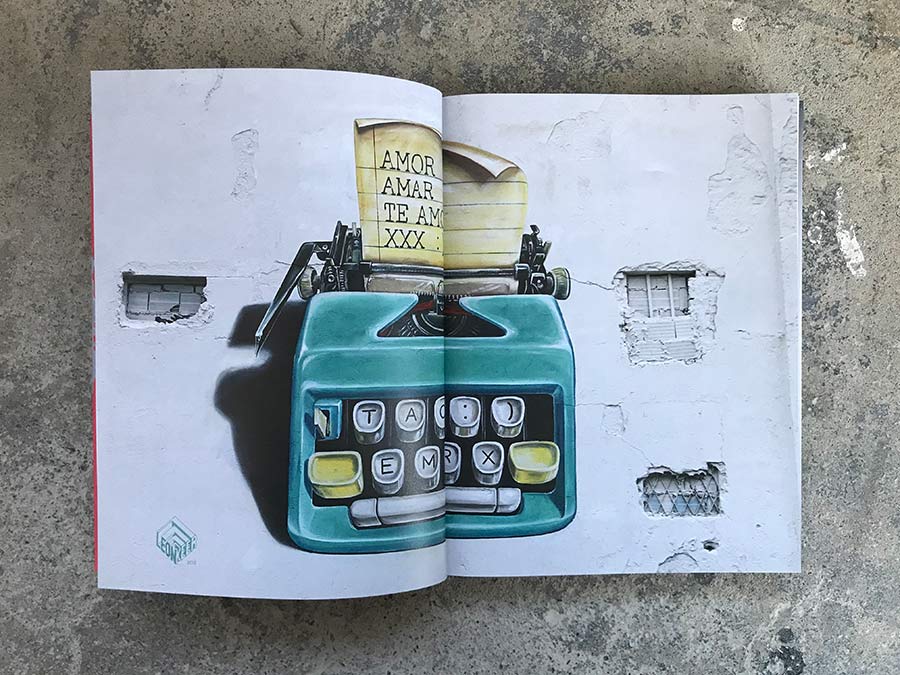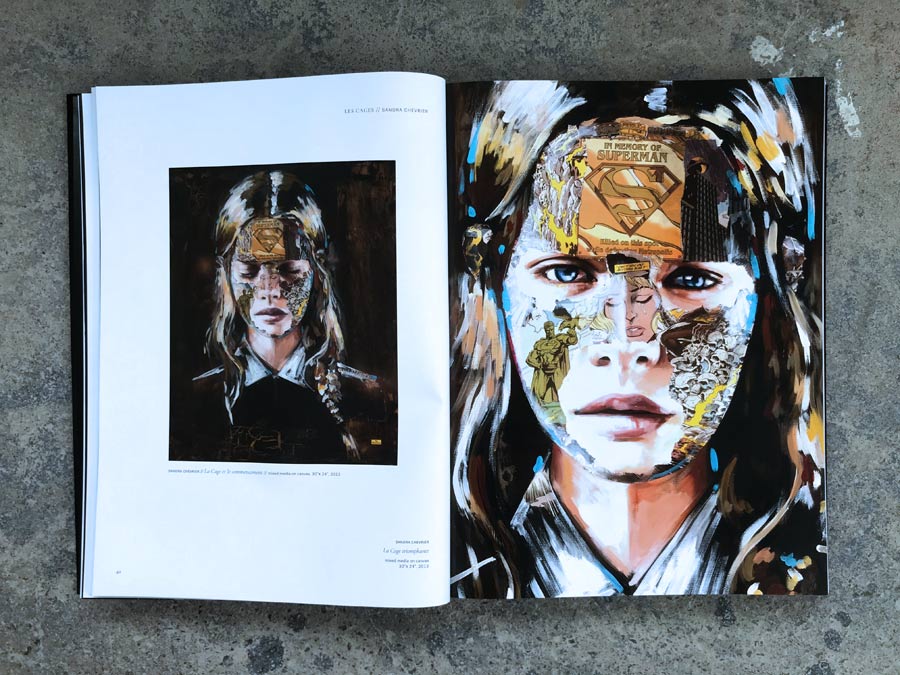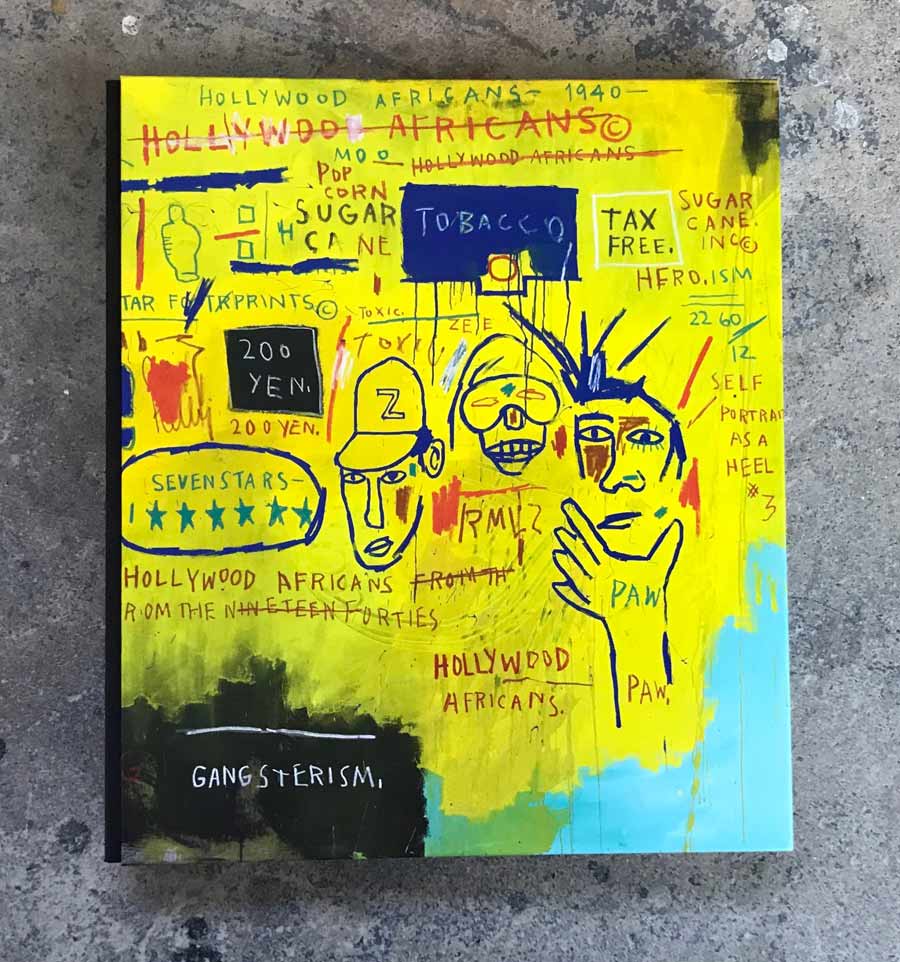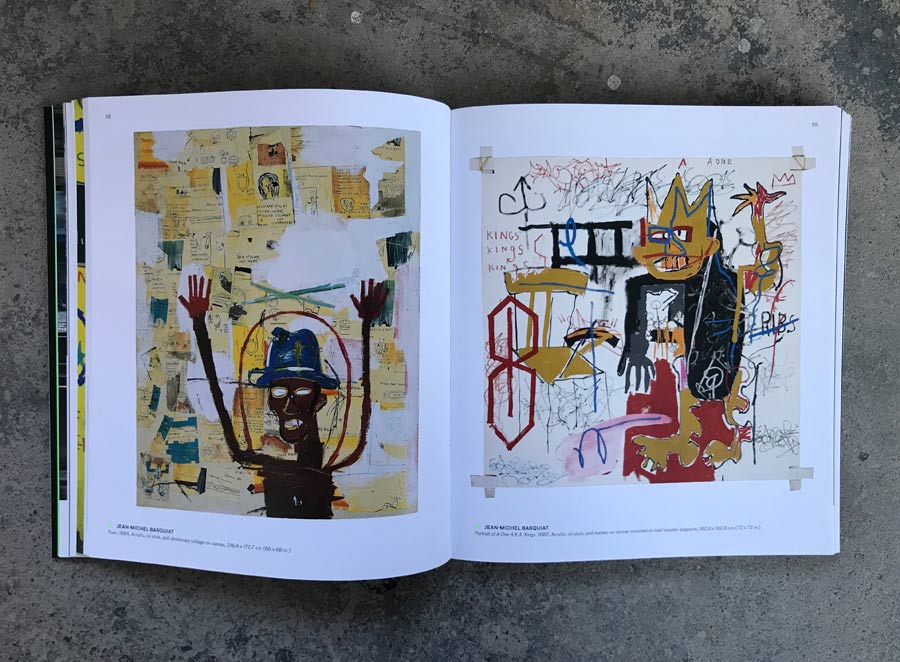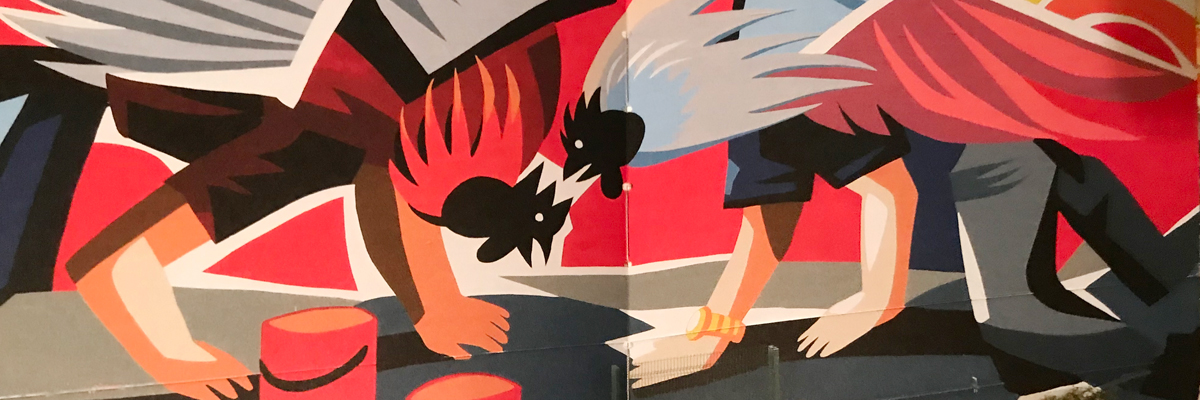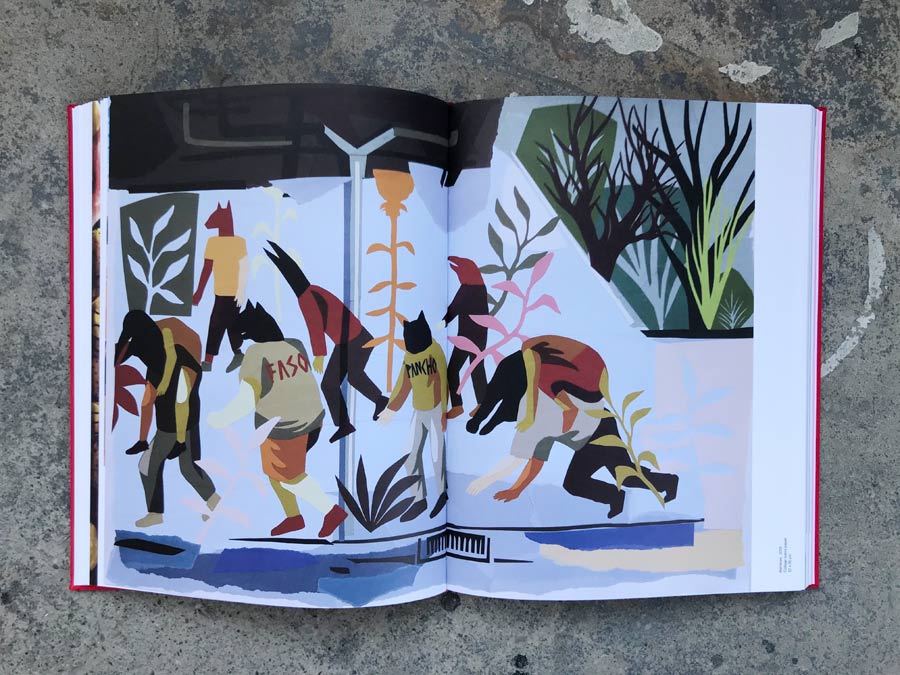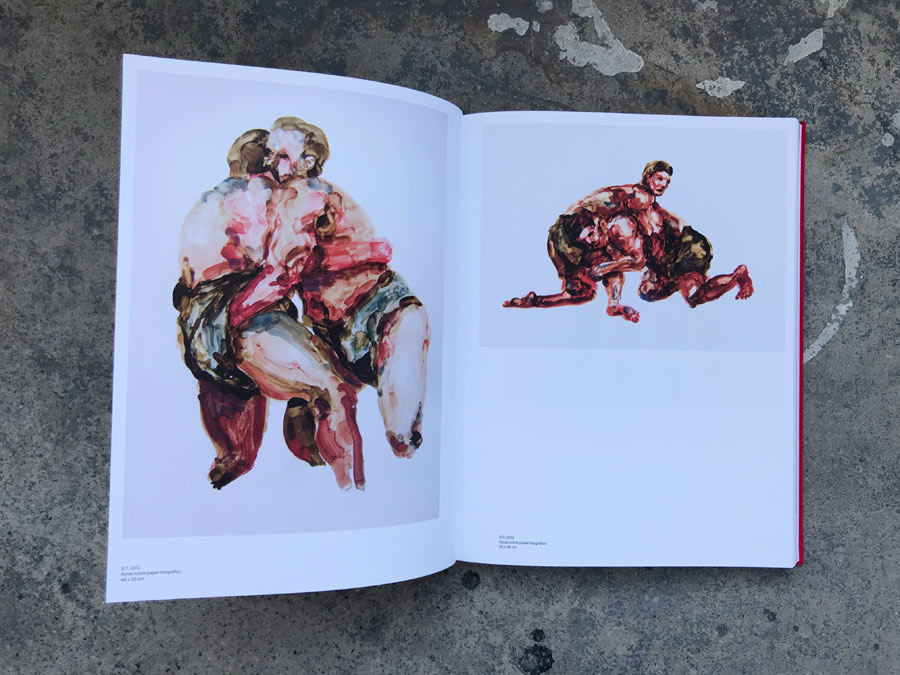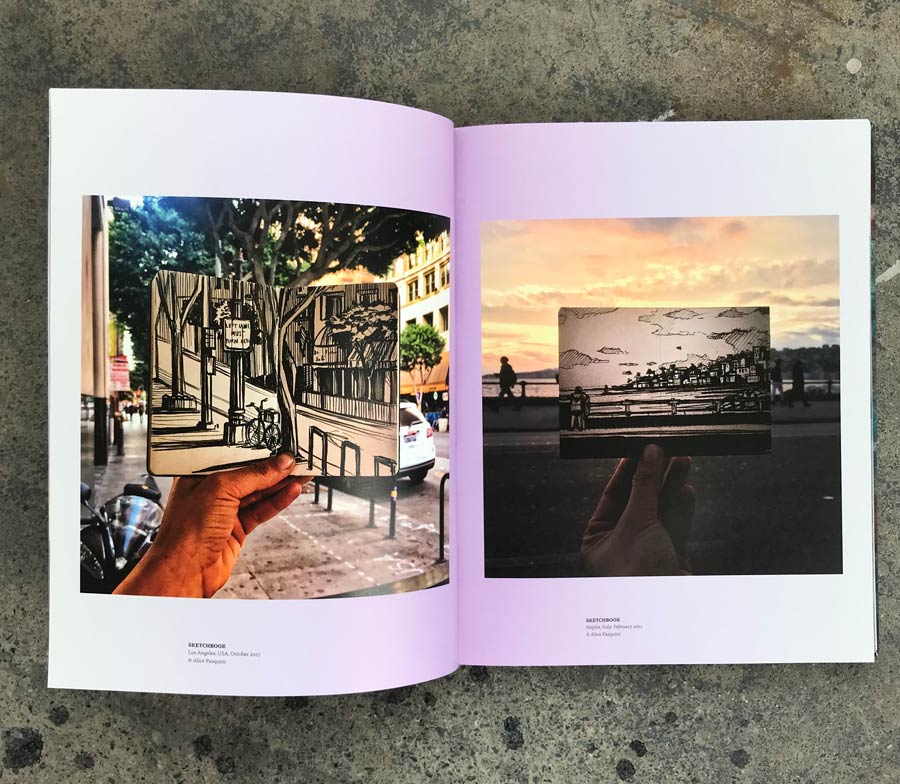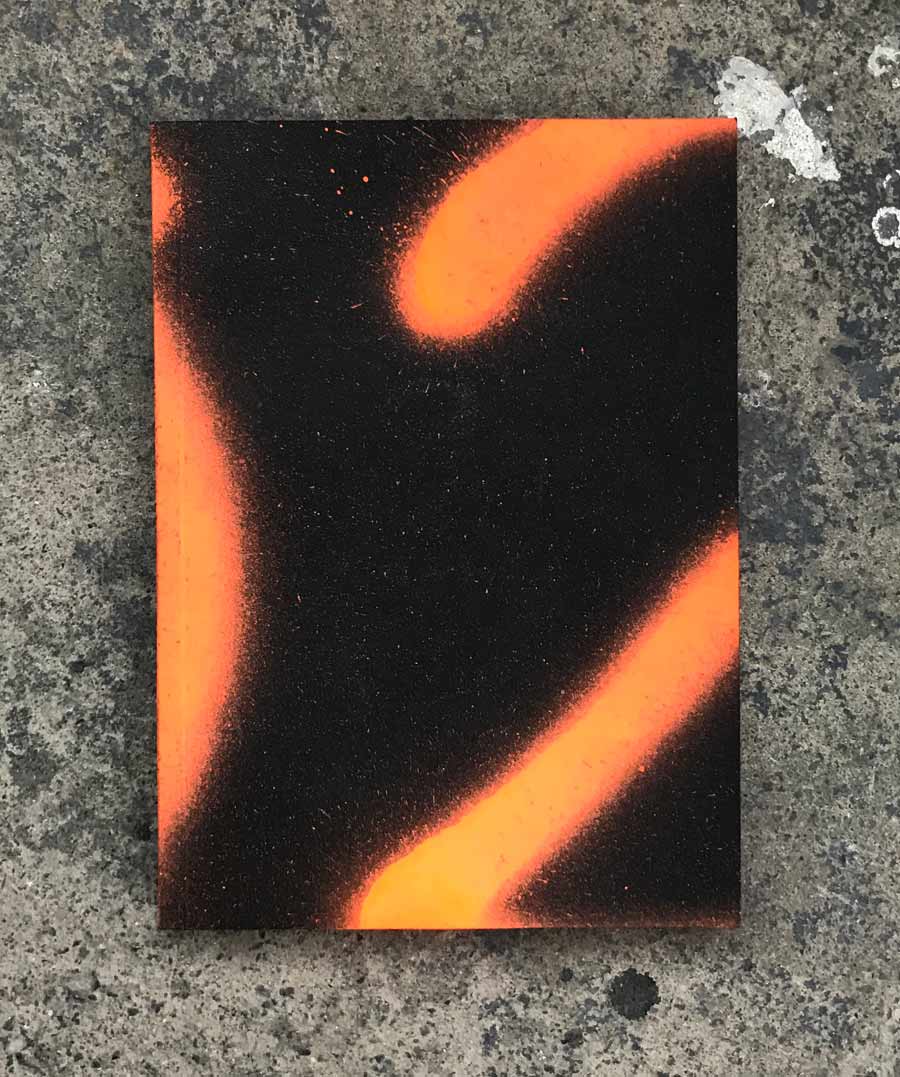It would be challenging to extricate Escif’s work from the city and its daily routines. The city, with its cacophonous soundtrack created by its inhabitants’ constant movement and the fluidity of their industry and agency, remains central to the artist’s focus and relevance.
For Escif, the city is not just a muse but the bedrock of his artistic inspiration, a canvas, and an outlet for addressing its contradictions and inequalities. In his work, the city is not an abstract subject but a perpetual, tangible, and knowable presence, manifested in myriad encounters, journeys, dreams, observations, and experiences, later reassigned onto paper, canvas, or concrete.

Escif’s keen commentary on essential subjects—the environment, social injustice, human rights, humanity, and beauty—is profoundly intertwined with the city. He neither backs away from its battles and challenges nor sugarcoats his art with glossy, shiny distractions that ignore the habitat around him. His elegant compositions, stripped of noise and clutter, present ideas rooted in reality and the inherent beauty of urban life’s ever-present comings and goings.

His new book, “The Foundations of Harmony and Invention,” is a 600-page tome compiling his work from the past 12 years. Crowd-funded, the project brings people together under a shared symposia of ideas and notes spearheaded by the artist. This spirit of collaboration is evident in the dozens of contributors featured in the book, including photographers, illustrators, artists, and writers.
Structured non-linearly, the book resembles an orchestral symphony, with every instrument—some homemade—and voice at play. Against this backdrop, Escif’s visual works, such as paintings, sculptures, and photographs, are combined with written contributions—cogitations, observations, anecdotes, manifestos, lamentations, odes, and protests—from himself and others. The result is a nutrient-rich, rumbling, and vital river of ideas and propositions that evolve into an expansive dialogue between the artist and the world around him.

We found the book’s description in the press release particularly compelling and share an excerpt here:
“So, this book, in a rectangular shape and hardcover, could well serve as a wedge with which to block the revolving doors of the Central Bank; as a companion for pleasure and adventures; as a small step to lean on to jump over a fence; as a cushion to sleep under a tree; as a throwing-object directed against a shop window; and also—why not—as a book, claiming pause, silence, and timelessness against the dominant paradigm of productivity.”
Somehow, Escif captures the everyday serenity and absurdity of life in these times—caught somewhere between the industrialization era and the algorithmic age, the imagination economy. For a man who may spend much time in his head, it is impossible not to feel his heart in these pages.







Hard cover: 600 pgs. approx.
Year: 2024
Language: English & Spanish
Edition: 900 copies
Click HERE to purchase ESCIF’s “The Foundations of Harmony and Invention”
 BROOKLYN STREET ART LOVES YOU MORE EVERY DAY
BROOKLYN STREET ART LOVES YOU MORE EVERY DAY

